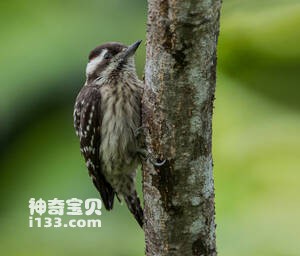
Yungipicus moluccensis
Yungipicus moluccensis,Dendrocopos moluccensis,Sunda Woodpecker, Sunda Pygmy Woodpecker
The Sunda Woodpecker, whose scientific names are Yungipicus moluccensis, Den···
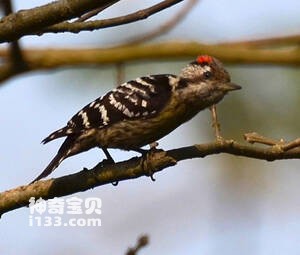
Yungipicus nanus
Yungipicus nanus,Dendrocopos nanus,Brown-capped Woodpecker,Brown-capped Pygmy Woodpecker
The species is known by its scientific names Yungipicus nanus and Dendrocopo···
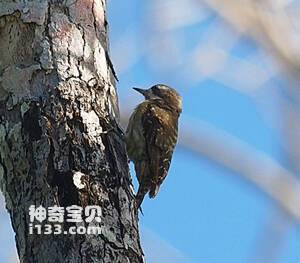
Yungipicus temminckii
Yungipicus temminckii,Dendrocopos temminckii,Sulawesi pygmy woodpecker
The species' scientific names are Yungipicus temminckii, Dendrocopos tem···
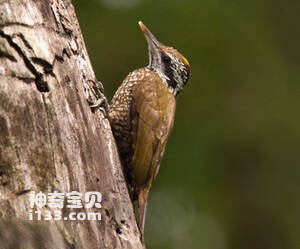
Dendropicos xantholophus
Dendropicos xantholophus,Chloropicus xantholophus,Golden-crowned Woodpecker,Yellow-crested woodpecker
Golden-crowned woodpecker, Yellow-crested woodpecker, Chloropicus xantholoph···
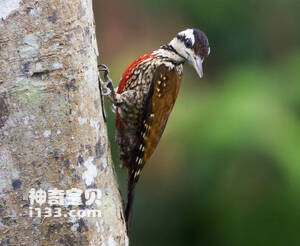
Chloropicus pyrrhogaster
Chloropicus pyrrhogaster,Dendropicos pyrrhogaster,Fire-bellied Woodpecker
The Fire-bellied Woodpecker is known as Chloropicus pyrrhogaster, Dendropico···
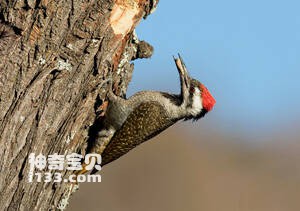
Dendropicos namaquus
Dendropicos namaquus,Bearded woodpecker
The Bearded woodpecker is bearded woodpecker (Dendropicos namaquus, Bearded ···
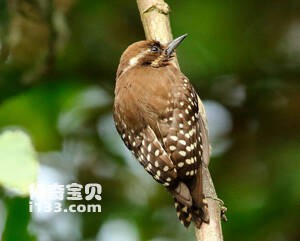
Dendrocopos obsoletus
Dendrocopos obsoletus,Brown-backed Woodpecker
The Brown-backed Woodpecker is known as Dendrocopos obsoletus and brown-back···
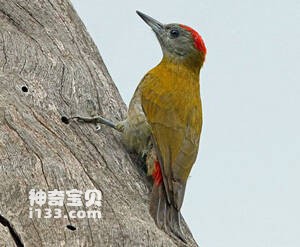
Dendropicos griseocephalus
Dendropicos griseocephalus,Olive Woodpecker
The African grey Woodpecker is known as Dendropicos griseocephalus and Olive···
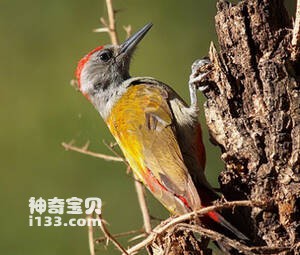
Picus canus
Picus canus,Dendropicos spodocephalus,Eastern grey woodpecker,Grey-headed woodpecker
Picus canus, Dendropicos spodocephalus, and Eastern Grey woodpecker, grey-he···
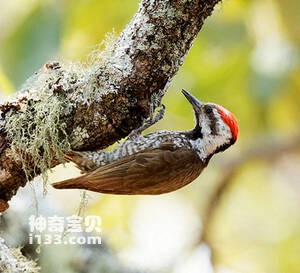
Dendropicos stierlingi
Dendropicos stierlingi,Stierling's Woodpecker
The Woodpecker's scientific name is Dendropicos stierlingi, and its fore···
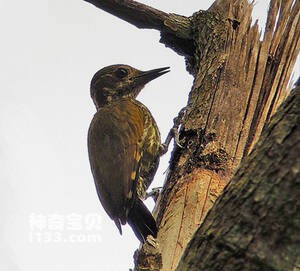
Dendropicos lugubris
Dendropicos lugubris,Melancholy Woodpecker
Melancholy Woodpecker named Dendropicos lugubris, foreign language Melanchol···
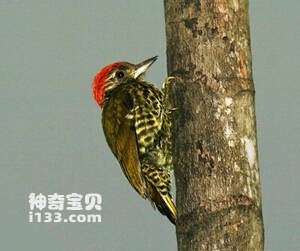
Dendropicos gabonensis
Dendropicos gabonensis,Gabon Woodpecker
The Gabonese Woodpecker is known as Dendropicos gabonensis and Gabon Woodpec···
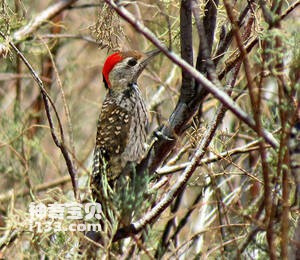
Dendropicos fuscescens
Dendropicos fuscescens,Cardinal Woodpecker
The species Dendropicos fuscescens and Cardinal Woodpecker are unknown. List···
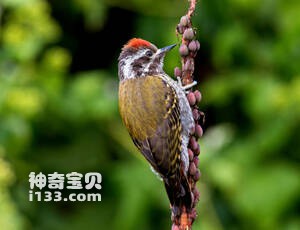
Dendropicos abyssinicus
Dendropicos abyssinicus,Abyssinian woodpecker
The golden-backed woodpecker is called Dendropicos abyssinicus and Abyssinia···
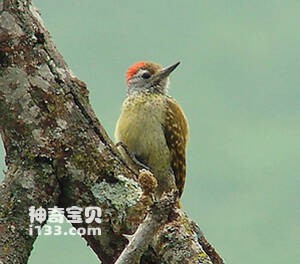
Dendropicos poecilolaemus
Dendropicos poecilolaemus,Speckle-breasted Woodpecker, Uganda Spotted Woodpecker
The species is known as Dendropicos poecilolaemus and Speckle-breasted Woodp···
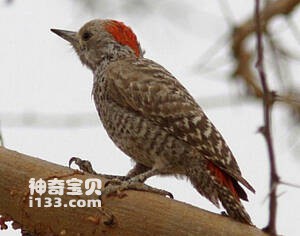
Dendropicos elachus
Dendropicos elachus,Little grey woodpecker,Sahelian woodpecker
Little grey woodpecker is known by its scientific name Dendropicos elachus a···
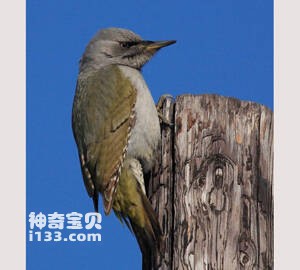
Dendropicos goertae
Dendropicos goertae,Grey Woodpecker,African grey woodpecker
The Grey Woodpecker is known by its scientific name Dendropicos goertae and ···
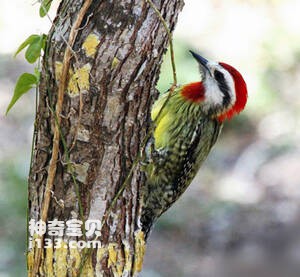
Xiphidiopicus percussus
Xiphidiopicus percussus,Cuban Green Woodpecker
The Cuban Green Woodpecker is known as Xiphidiopicus percussus and Cuban Gre···
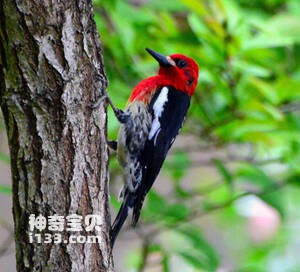
Sphyrapicus ruber
Sphyrapicus ruber,Red-breasted sapsucker
The Red-breasted sapsucker is known as Sphyrapicus ruber or red-breasted sap···
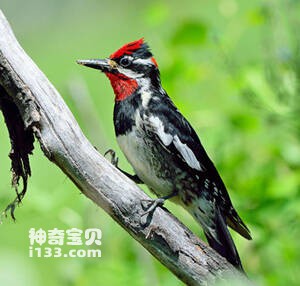
Sphyrapicus nuchalis
Sphyrapicus nuchalis,Red-naped Sapsucker
红颈吸汁啄木鸟学名Sphyrapicus nuchalis,外文名Red-naped Sapsucker,长期被认为···
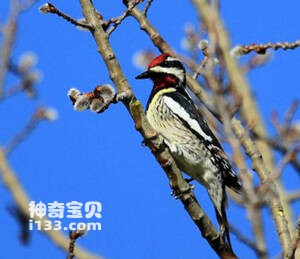
Sphyrapicus varius
Sphyrapicus varius,Yellow-bellied sapsucker
The Yellow-bellied sapsucker, known as Sphyrapicus varius or yellow-bellied ···
